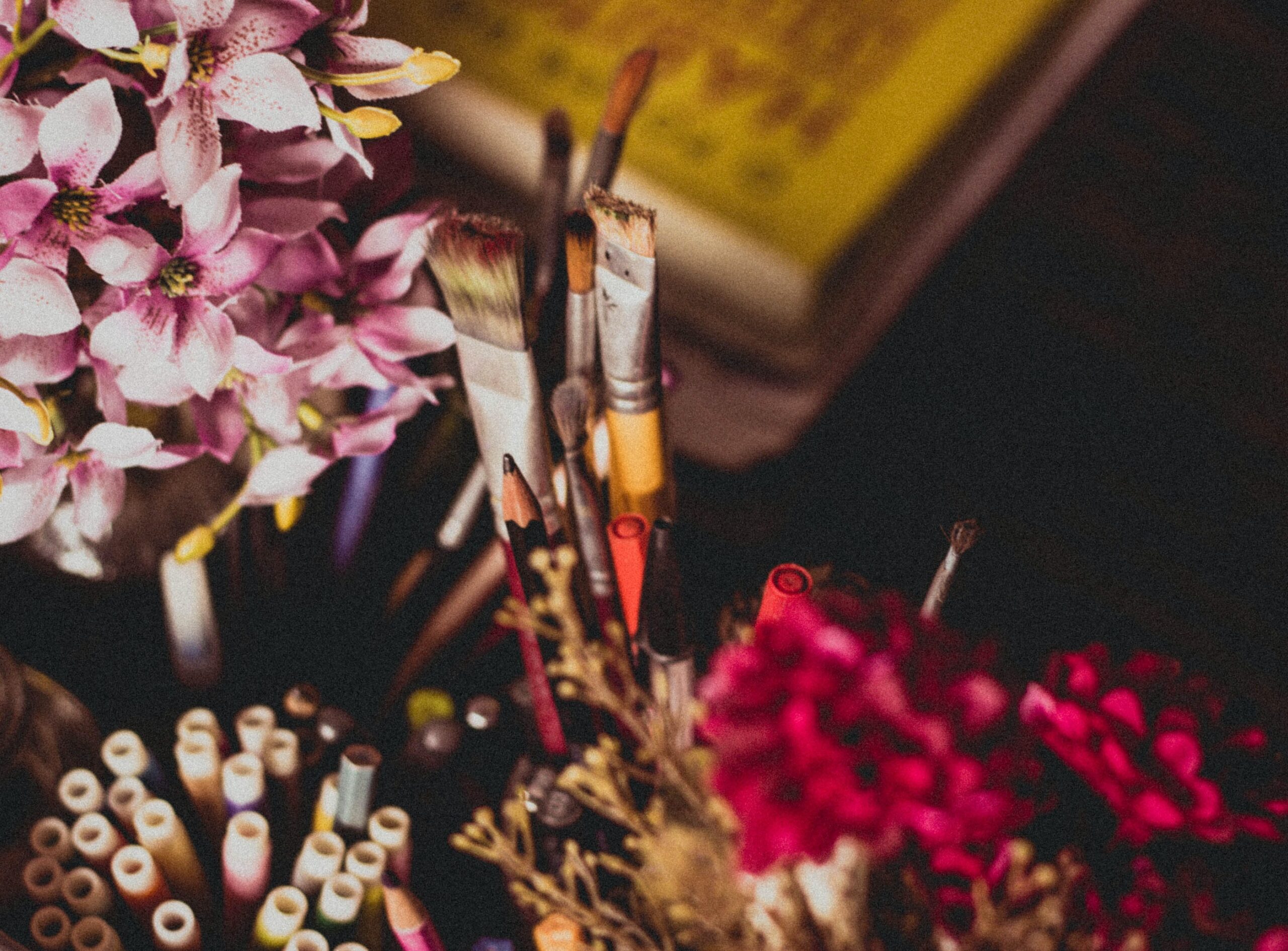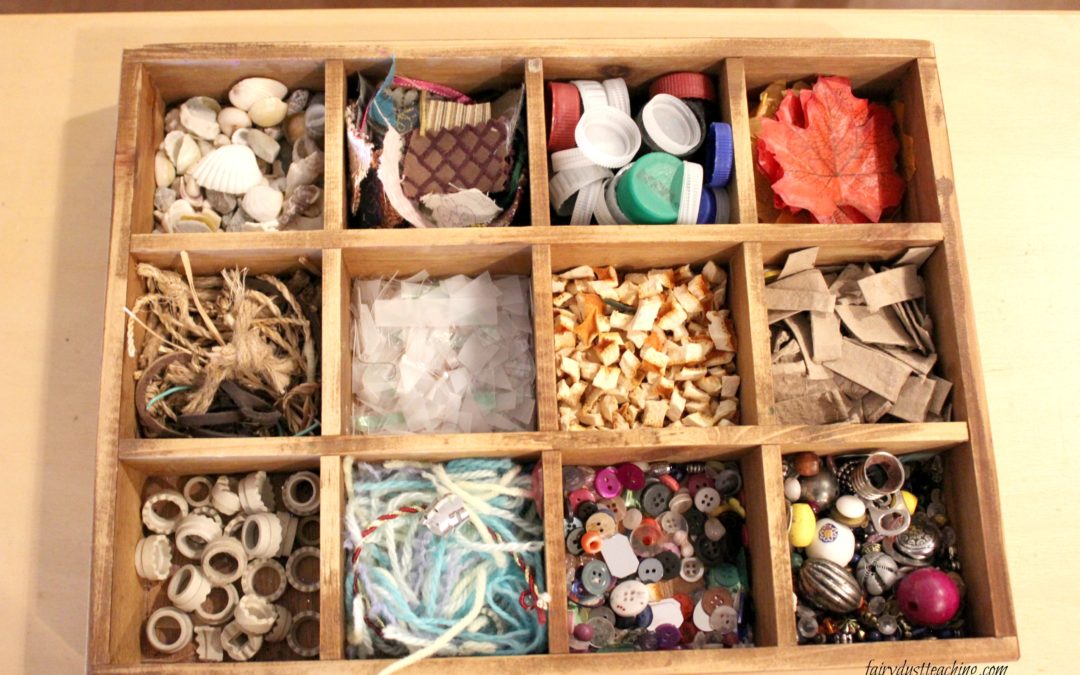PROCESS/COLLABORATION/PRODUCT

Where do we begin as elementary educators when it comes to arts education….well, we already know the answer- YOU HAVE ALREADY BEGUN, by simply choosing to pursue your path as an educator. There are so many different practices around what arts education can and should look like but what does it really mean to create and provide experiences that are authentically child-led and supported?
Let’s begin by looking at the difference between what has been done and what can be done. Natasha Crosby Kile explores this rich history in her paper Baby Picasso: Art with Infants and Toddlers, she states:
An art experience is considered open-ended, so there’s not an end product that the teacher is looking for or that it has to look like, whereas a craft is goal-oriented. A lot of times when teachers are doing craft projects, the main purpose behind a craft is actually direction-following, which is a great skill. We want children to be able to follow directions, but we just don’t want to call that a creative art activity because it’s not, it’s a direction-following activity.
A lot of times, creative art is unstructured, so there’s not someone saying, “Okay, now mix that red and mix that yellow” and “Oh look, now you have orange.” It’s just kind of allowed to flow, whereas a craft is definitely more structured in that way. Creative art tends to be more process-oriented, versus the craft which tends to have the product as the main goal. What’s that end result?
Creative art uses basic materials, and a lot of times, it’s depending upon what the child likes or what the child wants to use. A craft uses specific materials, and a lot of times, those specific materials are set up and created by the teacher. An example might be a sunflower, where the teacher has cut out the middle, the petals, and the stem, then the children glue it all together. That’s not considered creative art, but that’s considered a craft, or a direction-following activity.
Art tends to have open-ended instruction where the teacher’s more like the facilitator, using open-ended questions and asking questions like, “Hmm, I wonder what would happen if you did this?” Or, “Hmm, what do you think if we tried x, y, or z?” Whereas the craft is very close-ended. You put the middle of the sunflower here, you put petals around the middle of the sunflower, the stem goes at the bottom, the stem has to be green, the leaf has to go on this side, it’s very close-ended. That’s not a bad thing, it’s just not considered creative art.
Creative art develops feelings skills, including self-expression. Sometimes with my teachers I’ll say, “If the child can’t pinpoint his own art, that’s a craft.” Creative art develops coordination skills, like manipulating materials. Crafts are really great for giving a specific process of how we’re going to do this. Again, like I said, very good for developing those direction-following skills.
The goal of creative art is the process of discovery, along with the opportunity to check out new stuff, try new materials, feel new media, see what it looks like on the paper, and see what it feels like when I squish it between my toes. On the other hand, the goal of the craft is really that end product. “Do I have a sunflower to show my mom when she comes to pick me up today?”
Creative art outcomes will look different. A lot of times with creative art, as an outside person you can’t even tell what it’s “supposed to be.” That’s why we really want to be careful about saying things like, “Oh, what is it?” or, “Oh, it looks like a cow, right?” Whereas with a craft, the outcomes will basically look the same. If I’ve got up a bulletin board of snowmen pictures, and they all have three white circles and they all have an orange triangle on them somewhere and they all have two black eyes somewhere, it really doesn’t matter that the orange triangle is coming out of the midsection. What matters is that it all pretty much looks the same, and that dictates that it’s a craft or a direction-following activity.
Creative art is often individualized. The individualized process leads to an individual product. That’s why you don’t have a whole lot of sunflowers that look the same or a whole lot of snowmen that have three circles and two black eyes and a carrot nose. A craft or a direction-following activity is more of that cookie cutter process, so it leads to a cookie cutter product.
What is the role of materials in children’s learning through art?
“All children love to interact with variables such as materials and shapes; smells and other physical phenomena, such as electricity, magnesium and gravity; media such as gases and fluids; sounds, music and motion; chemical interactions cooking and fire, and other people, and animals, plants, words, concepts and ideas. With all these things all children love to play, experiment, discover and invent and have fun. All these things have one thing in common, which is variables or ‘loose parts’”
Simon Nicholson

Why do materials matter?
Louisa Penfold invites us to explore materials and material exploration on her site found Art.Play.Children.Learning.
Since Frobel’s development of the kindergarten in the late 1700’s, they have also held an important place in early childhood settings. In the 1970’s Simon Nicholson presented the theory of loose parts – the proposition that young children’s creative empowerment comes from the presence of open-ended materials that can be constructed, manipulated and transformed through self-directed play. It is fair to say that material content, including artworks and art materials, hold tremendous possibilities for facilitating children’s inquiry-led learning in new and divergent ways.
| Small Loose Parts | Large Loose Parts | Household ItemsLoose Parts | Commentary Elements | Storage Solutions |
| Buttons, beads, glass stones, pebbles, pipe cleaners, straws, bottle caps, pom poms, marbles, sequins, corks, gold pegs, sea glass, driftwood, flowers and leaves, twigs, dice, dominoes, nuts and bolts, cogs and wheels, spools, cotton reels, pop sticks, match sticks, shells, gum nuts and seed pods. | Buckets, baskets, gardening trugs, crates, boxes, rope, tyres, stones, tree stumps, branches, pine cones, tree cookies, branch cookies, plastic bottles, tin cans, jars, pallets, egg cartons, wooden blocks and building blocks, animal figurines. | Ice cube trays, kitchen utensils including spoons, soup ladles, tongs, whisks, potato mashers, spatulas, colander, pots and pans, rolling pins, Felt and fabric, containers, measuring cups, measuring spoons, | Sand Clay Slime Kinetic sand Rice Dried pasta Water Coloured water Glitter Mirrors Light Boxes Light Table Overhead Projector |
Glass Jar Plastic Bottles Plastic containers Boxes Trays Baskets Buckets Cupboard Sheds Craft Trolley |
Loose parts are basically any loose, tactile materials and found objects that children can move about during play and exploration. They’re versatile, open-ended and can be added to any learning environment for children to adapt and to turn into anything their imagination allows.
Using loose parts in the learning environment encourages growth in all areas of development. Loose parts give children the freedom to arrange and rearrange, essentially using the parts to create their own rules and designs, which allows the focus of the experience to be on the process rather than the product.
Creativity is facilitated when children use their skills to design and innovate. Children are encouraged to think outside the box and find creative and divergent ways to make and create. Creativity leads to invention and discovery, opening the door to so many wonderful possibilities.
The development of social and emotional skills is encouraged when children work together, sharing and taking turns using resources but also listening and responding to each other’s ideas and experiences in a collaborative learning environment. Children are experiencing the wonder of the unknown and the satisfaction and joy of new experiences of which they are in control. (Source material: Loose Parts in the Learning Environment)
Please read: ArtandCreativityinEarlyChildhoodRG
Benefits of Product-Focused Art vs. Processed-Focused Art:

Product-Focused Art allows your child to practice their fine motor skills such as cutting in a straight, curved or angled line and most importantly how to follow directions and reach an end goal. Product-focused art is also a great way to teach children about specific shapes, colours, etc.
Process-Focused Art also allows children to practice their fine motor skills, however, how and what they practise ends up being up to the child and how they decide to create. They can practice with their scissors, they can gasp different types of materials, squeeze bottles of paint or glue. With process-focused art, it is all about discovery. This allows your child to focus on being creative and learn to have the confidence to explore and experiment. Processed-focused art also provides plenty of opportunities to problem solve.
Characteristics of process-focused art experiences
- There are no step-by-step instructions
- There is no sample for children to follow
- There is no right or wrong way to explore and create
- The art is focused on the experience and on the exploration of techniques, tools, and materials
- The art is unique and original
- The experience is relaxing or calming
- The art is entirely the children’s own
- The art experience is a child’s choice
- Ideas are not readily available online